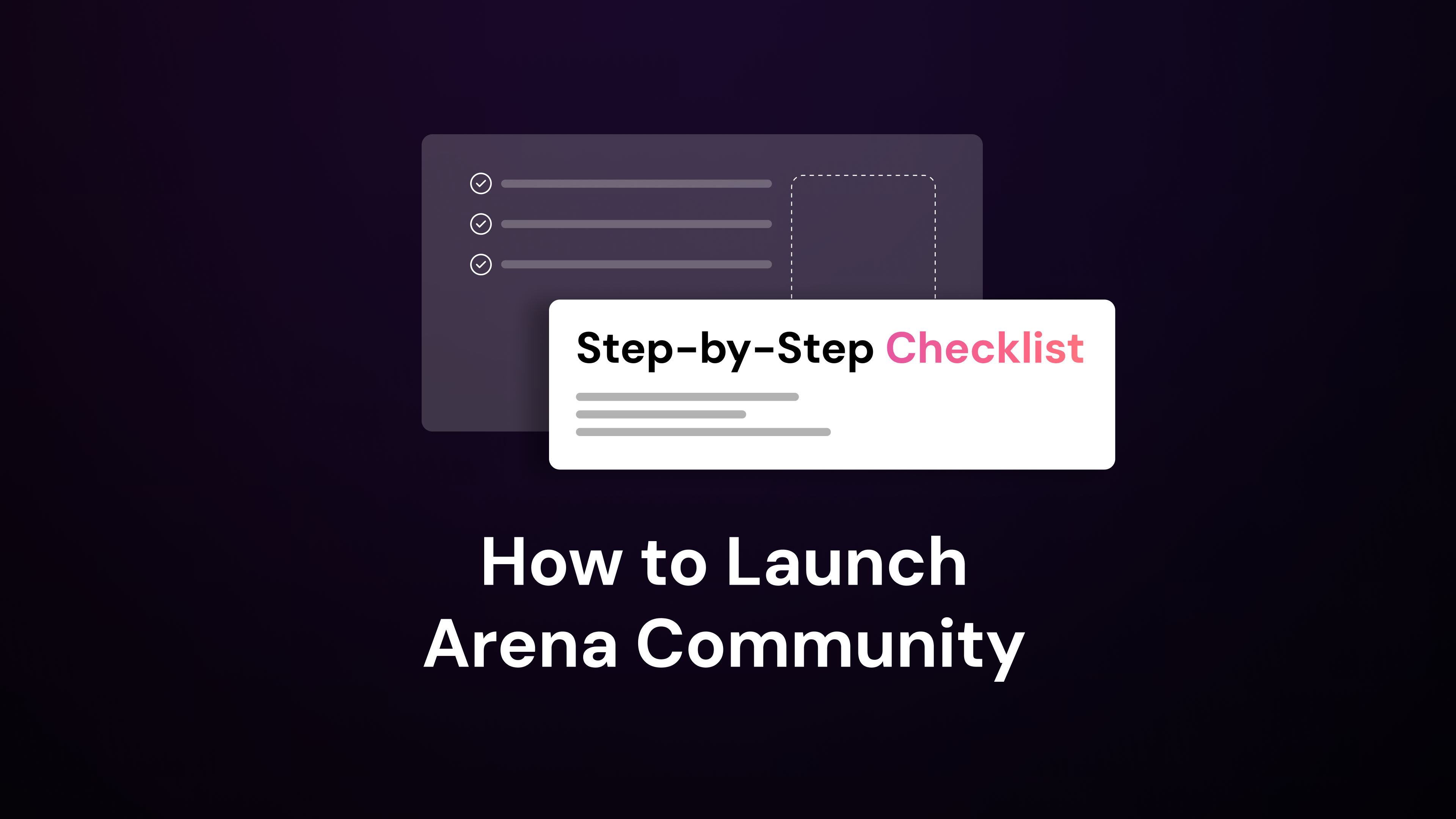Understanding the various types of brand communities is crucial for marketers aiming to enhance customer engagement and build lasting loyalty. This article explores five types of brand communities that can improve your marketing strategy and promote business growth.
The Role of Brand Communities in Marketing
Creating a brand community is an effective modern marketing strategy. It forms a network where customers feel connected, strengthening their relationship with your brand.
Enhancing Customer Engagement
Brand communities offer a place for customers to interact with your brand and one another, deepening their connection. Implementing effective customer engagement strategies is essential for fostering these relationships. For example, Apple Support Communities let users share experiences, offer tips, and help with technical issues, encouraging continued engagement. Creating safer online communities where customers feel secure can significantly enhance engagement.
Driving Word-of-Mouth Promotion
Being part of a community makes customers more likely to share positive experiences. The LEGO Ideas forum, for instance, encourages users to create and showcase their designs, leading to organic promotion as members share their creations. Such communities can greatly expand your brand’s reach and attract new customers.
Fostering a Sense of Belonging
A strong brand community creates a sense of belonging. The Harley Owners Group (HOG) is a good example. It involves being part of a group that shares values and experiences, strengthening loyalty and turning customers into enthusiastic brand supporters.
5 Types of Brand Communities
There are different kinds of brand communities, each offering unique ways to connect with customers. Here are five types of brand communities that can increase customer loyalty.
1. Online Brand Communities
Online brand communities provide a platform for customers to interact, share experiences, and offer support. By employing effective online community tactics, brands can enhance engagement and customer loyalty. For example, the Apple Support Communities let users discuss their experiences, share tips, and assist each other with technical issues, encouraging engagement. Creating your own online brand community can help you break free from social media dependency and foster direct engagement with your audience.
2. Social Media Brand Communities
Social media platforms provide an easy way to build brand communities. By utilizing digital engagement strategies, brands can strengthen their communities. Starbucks’ Leaf Rakers Society connects fans on Facebook through their shared love for autumn and Starbucks products. By engaging in social media community building, creating groups or promoting hashtags, you can engage your audience on platforms they use every day.
3. Local/Offline Brand Communities
Local or offline brand communities bring customers together through in-person events and experiences. The Harley Owners Group (HOG) is an example where riders join events and gatherings that celebrate their shared passion for motorcycles, deepening their relationship with your brand.
4. Influencer-Led Brand Communities
Influencer-led communities use influencers and ambassadors to build a community around your brand. Gymshark works with athletes and fitness influencers who represent the brand’s values, creating a community of fans connected through someone they admire.
5. Brand-Sponsored Events and Experiences
Holding events and experiences can create engaging brand communities. Implementing a community flywheel strategy through events and experiences can effectively boost ongoing engagement by creating a community-centric approach that enhances customer experiences and drives brand interaction. Events can be an effective part of your community monetization strategies.
Airbnb’s Experiences program offers activities hosted by local experts, connecting travelers with unique adventures and building a community around shared interests.
Live stream engagement tactics can enhance participation during events. Effective strategies include setting clear marketing goals, using analytics to tailor content to the audience, incorporating product demonstrations, inviting influencers, and actively marketing the event. Choosing the right platform, committing to a regular livestream schedule, and using interactive tools like live chat can significantly boost viewer engagement and participation.

How to Build a Successful Brand Community
Building a successful brand community requires strategic planning and a real focus on customer needs. By understanding what creates thriving online communities, you can develop a space where customers are eager to participate. Here are key steps to guide you in creating a thriving community.
Identify Your Target Audience
Understanding your audience is crucial. Begin by examining who your customers are, what they value, and how they interact with brands. This insight helps tailor the community to their interests, encouraging genuine engagement.
Create Engaging Content
Engaging content is essential for any community. Provide valuable, relevant content that appeals to your audience’s interests. Generative AI tools in publishing offer innovative ways to engage audiences through content creation.
Adopting a live blogging engagement strategy effectively keeps your audience interested and involved by providing real-time updates that generate high-quality content experiences and increase true engagement. Encourage user-generated content by inviting members to share their experiences, which increases engagement and fosters a sense of ownership.
Facilitate Member Interaction
Establish places where members can connect and interact, such as social media groups, forums, or live events. Hosting interactive Q&A sessions or live chats is an effective way to connect with audiences, allowing for real-time interactions and deepening engagement. Letting members take on roles within the community enhances engagement and empowerment. These interactions can significantly grow community engagement.
Measure Community Success
Set clear goals and metrics to evaluate your community’s performance, such as active participation and content shares. To track engagement growth and adjust strategies, utilize tools and metrics such as website visitors over 30 seconds, email open rates, and content sharing patterns. Use analytics tools to ensure accuracy and integration and monitor metrics like returning visitors, social media shares, and conversion rates. Tools like Sprout Social and Arena Personas can provide detailed insights to guide your strategy. Use this data to improve your strategies and keep providing value to your community.
By adopting these types of brand communities and focusing on genuine engagement, you can build lasting relationships that increase customer loyalty and drive growth. Start creating your brand community today, and see your customers become your most passionate supporters.
Ready to see the impact of an effective brand community on your bottom line? Sign up now at Arena and start leveraging our powerful features to boost engagement and retention. Join thousands of brands that trust Arena to turn visitors into loyal customers.



